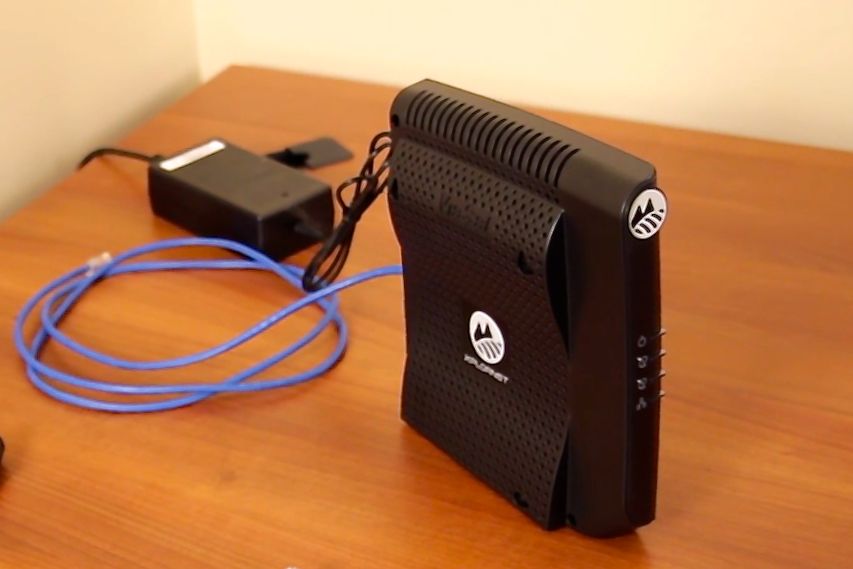Canada’s wireless providers have until April 2018 to set up wireless public alerting systems on LTE networks.
The Canadian Radio-television and Telecommunications Commission (CRTC) on Thursday issued a directive to that effect to all wireless service providers.
The alert system would allow emergency management officials to warn Canadians via mobile devices of “dangers to life and property.”
The alerts would go to mobile phones and other mobile devices connected to LTE (long-term evolution) networks, which are available to over 97 per cent of Canadians, the CRTC said.
Read Also

La Niña to fade early next year, neutral Pacific conditions likely, U.S. forecasters say
La Niña is expected to linger for another month or two before likely giving way to neutral Pacific conditions between January and March 2026, carrying a 68 per cent probability, the U.S. Climate Prediction Centre said on Thursday.
Messages would be issued by federal, provincial and territorial governments and emergency management officials to warn the public of “imminent threats” such as fires, tornadoes, floods, water contamination and Amber alerts, the CRTC said.
Service providers are expected to work with their federal, provincial and territorial counterparts to develop an awareness campaign and a test schedule.
The CRTC’s interconnection steering committee network technology working group is expected to file a progress report by July 5 and a final report by Oct. 3, 2017, on a proposed awareness campaign and test schedule.
The exact launch date for the distribution of alerts would be announced once “all required functionalities are in place,” the commission said.
Requiring “pre-LTE” networks such as 2G and 3G to carry alerts would increase deployment costs and delay deployment of wireless alerts, the CRTC said, while exempting pre-LTE networks would have “minimal impact” on alert coverage.
Canadians getting alerts via mobile devices would hear the same alert tone as they now do via radio and TV, and receive a “unique vibration cadence” when an alert is issued.
The CRTC has required since 2014 that AM, FM and over-the-air TV stations and “subscription-based” service providers must broadcast emergency alert messages. — AGCanada.com Network













